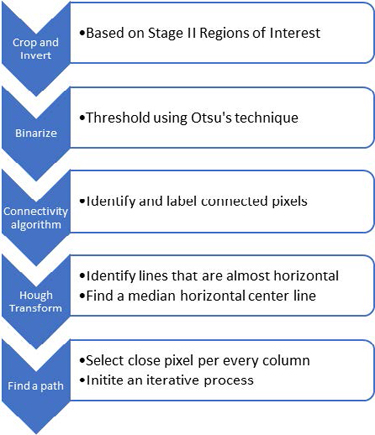Early Access Note:
Early Access articles are new content made available in advance of the final electronic or print versions and result from IEEE’s Preprint or Rapid Post processes. Preprint articles are peer-reviewed but not fully edited. Rapid Post articles are peer-reviewed and edited but not paginated. Both these types of Early Access articles are fully citable from the moment they appear in IEEE Xplore.

Introduction: The electrocardiogram (ECG) plays an important role in the diagnosis of heart diseases. However, most patterns of diseases are based on old datasets and stepwise algorithms that provide limited accuracy. Improving diagnostic accuracy of the ECG can be done by applying machine learning algorithms. This requires taking existing scanned or printed ECGs of old cohorts and transforming the ECG signal to the raw digital (time (milliseconds), voltage (millivolts)) form. Objectives: We present a MATLAB-based tool and algorithm that converts a printed or scanned format of the ECG into a digitized ECG signal. Methods: 30 ECG scanned curves are utilized in our study. An image processing method is first implemented for detecting the ECG regions of interest and extracting the ECG signals. It is followed by serial steps that digitize and validate the results. Results: The validation demonstrates very high correlation values of several standard ECG parameters: PR interval 0.984 +/-0.021 (p-value < 0.001), QRS interval 1+/-SD (p-value < 0.001), QT interval 0.981 +/-0.023 p-value <0.001, and RR interval 1 +/-0.001 p-value <0.001. Conclusion: Digitized ECG signals from existing paper or scanned ECGs can be obtained with more than 95% of precision. This makes it possible to utilize historic ECG signals in machine learning algorithms to identify patterns of heart diseases and aid in the diagnostic and prognostic evaluation of patients with cardiovascular disease.

